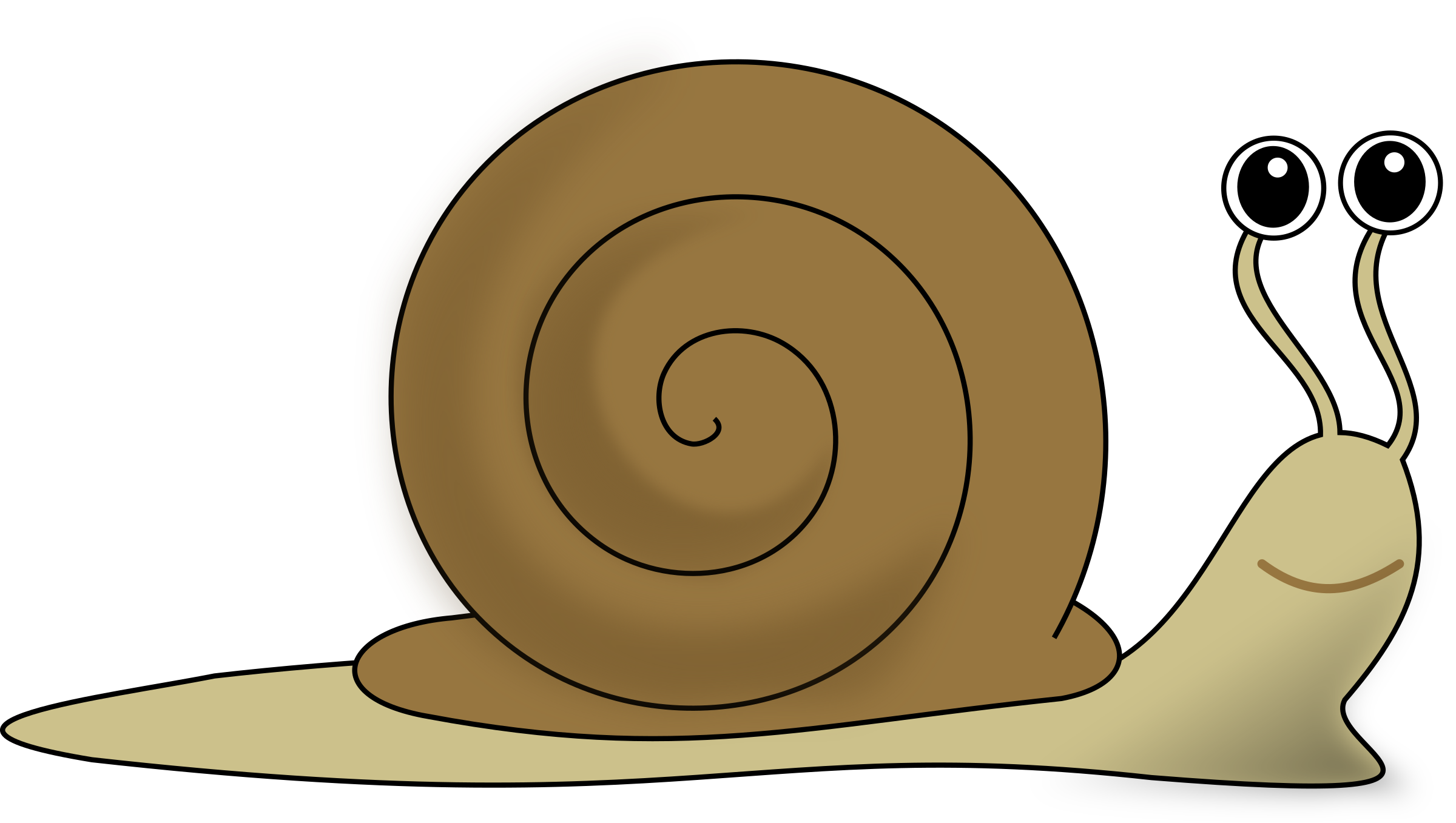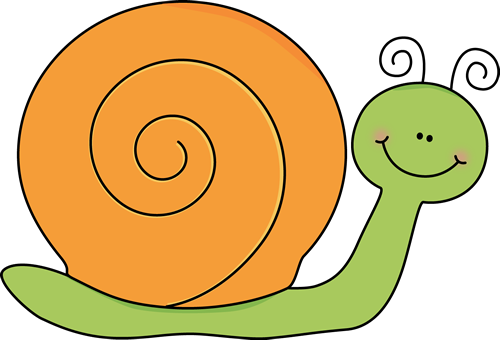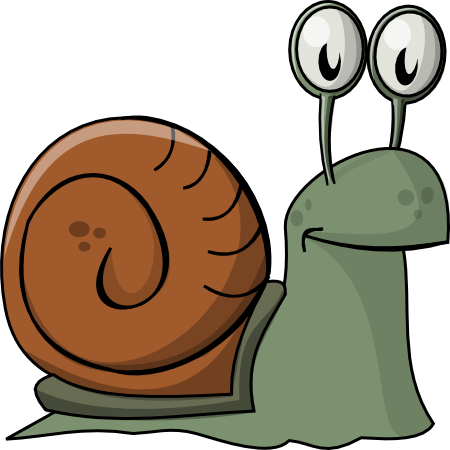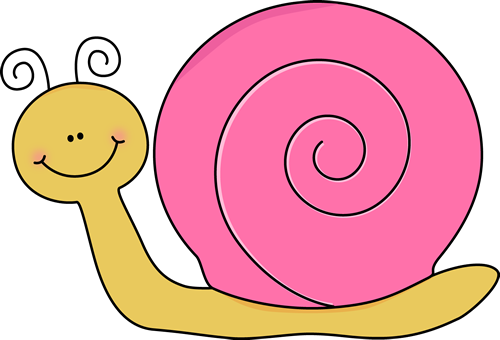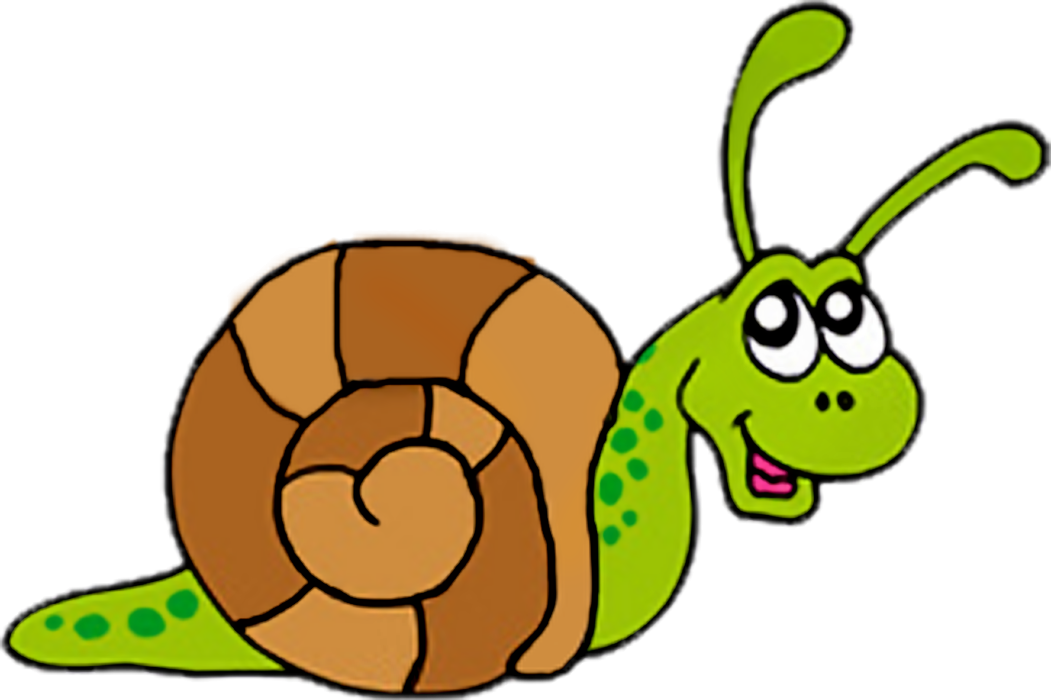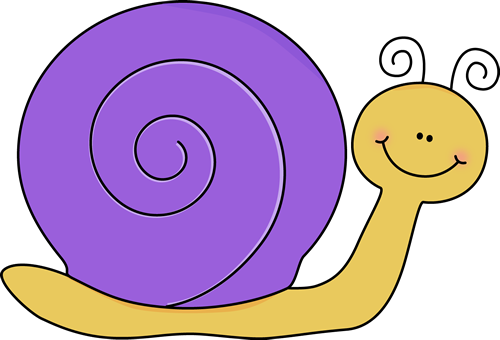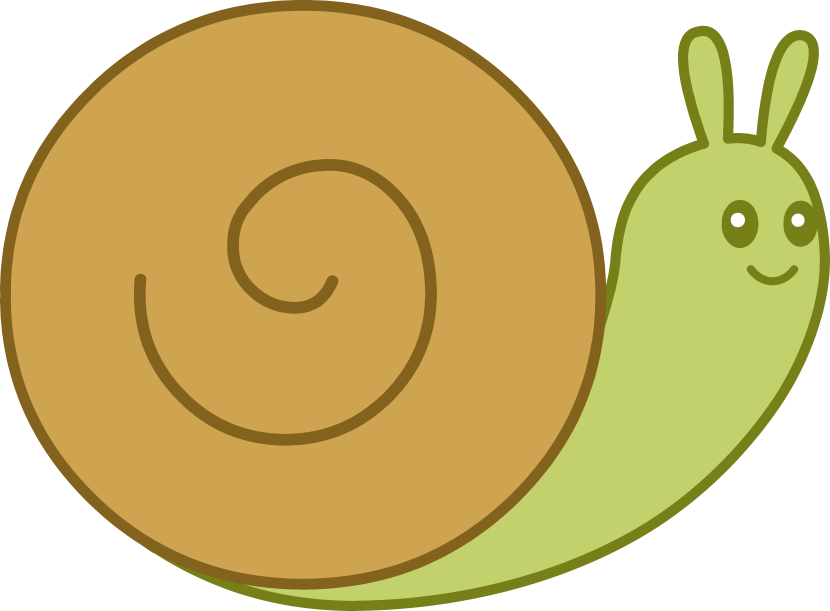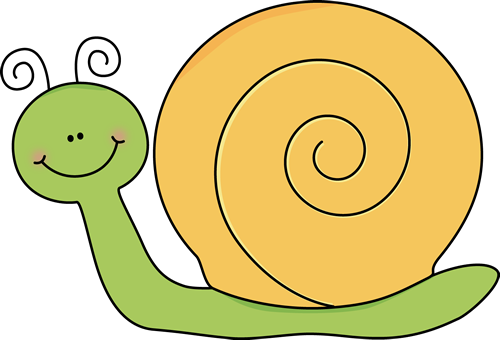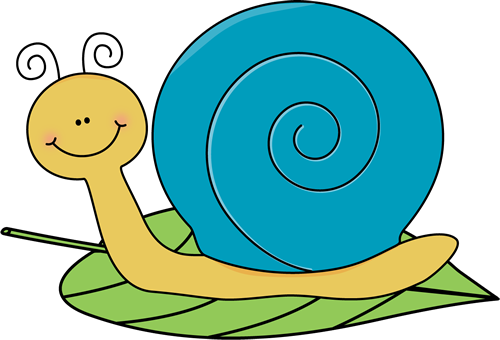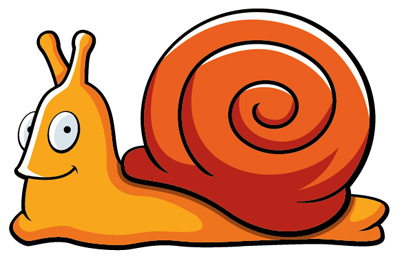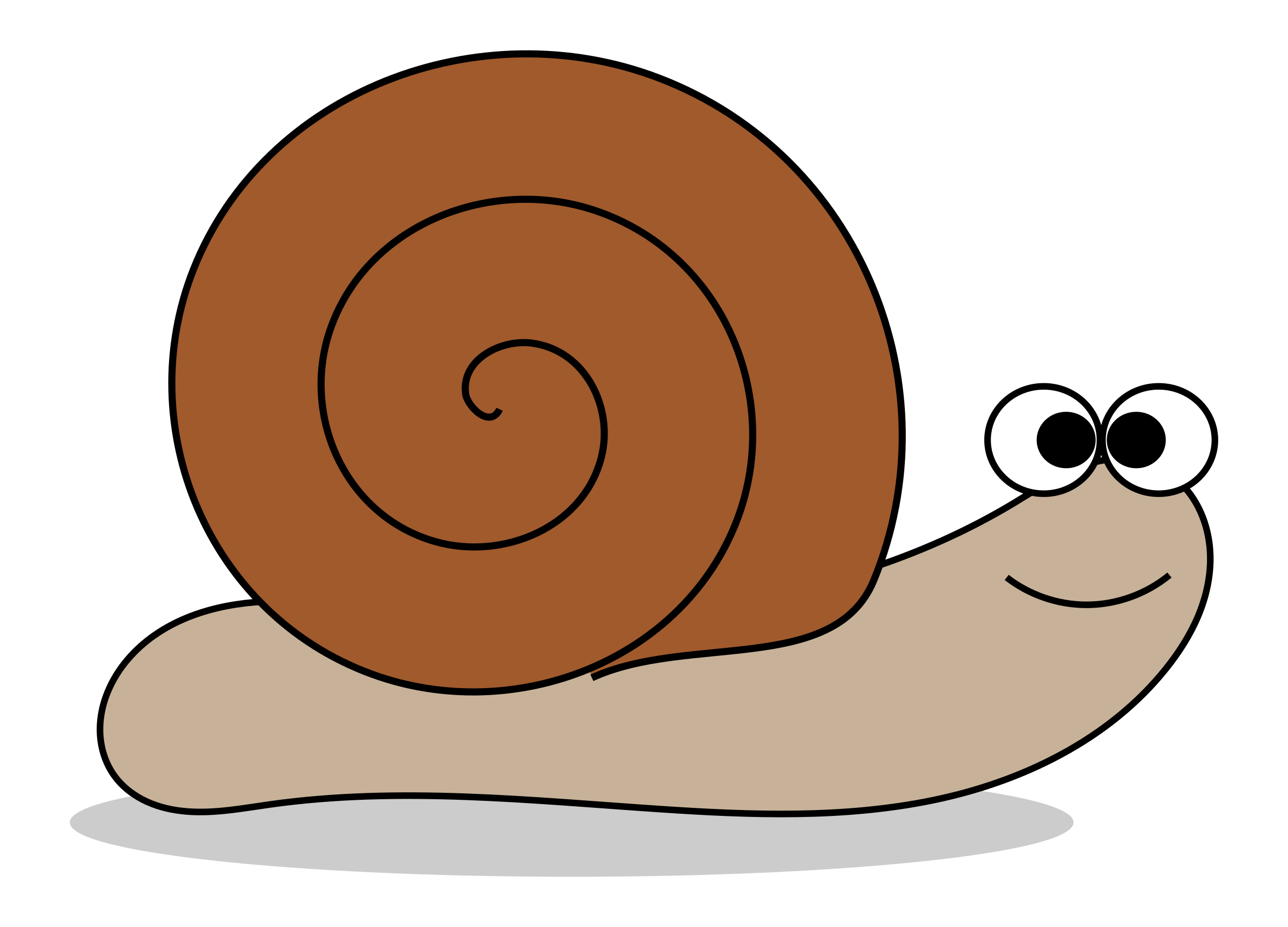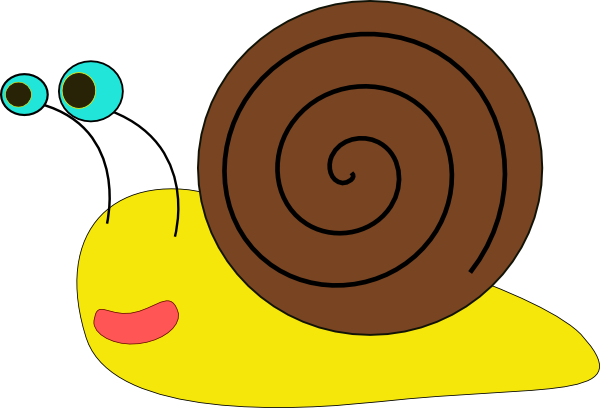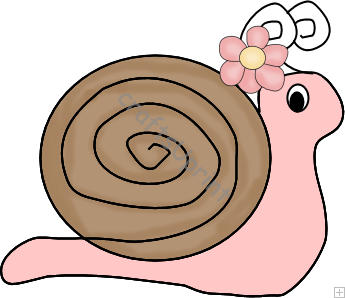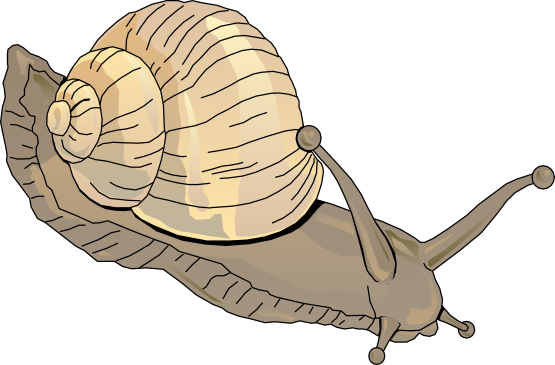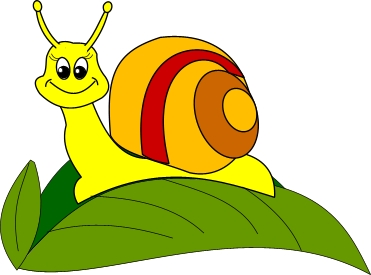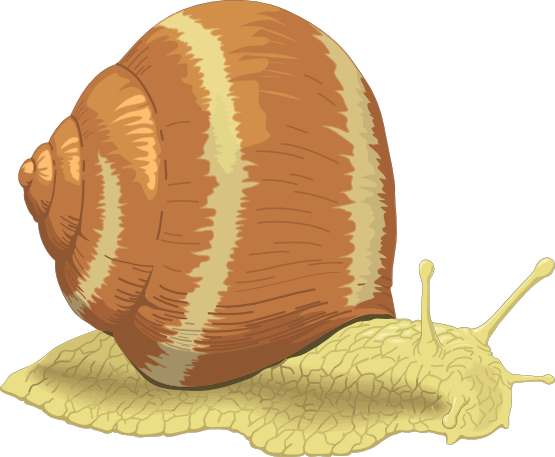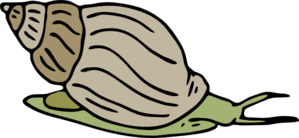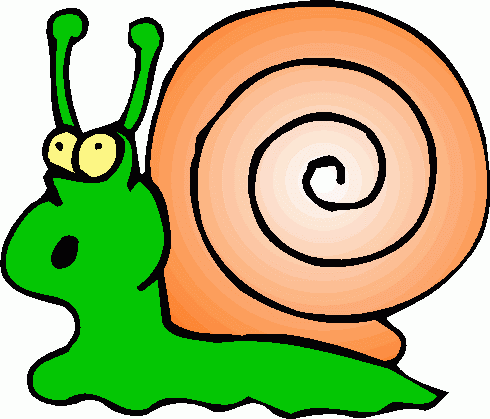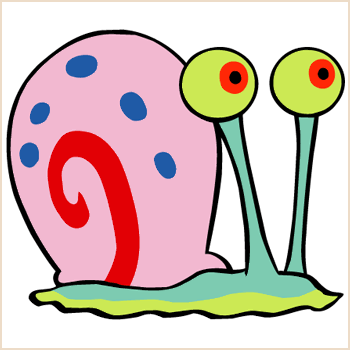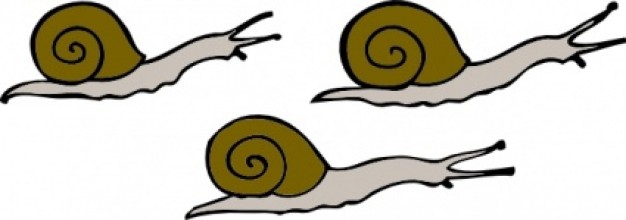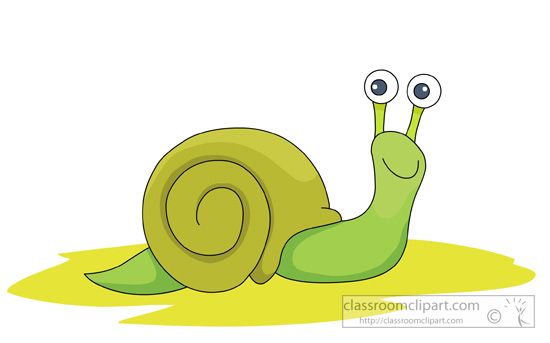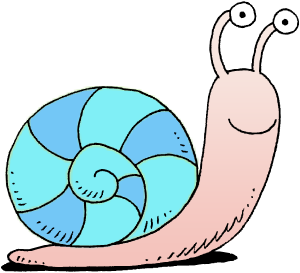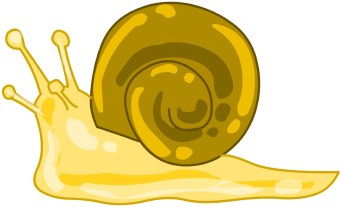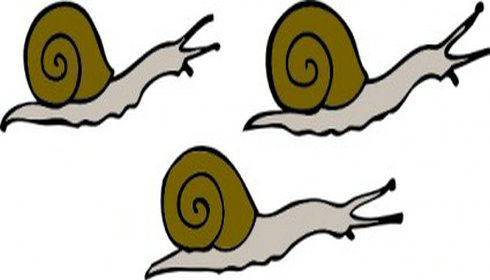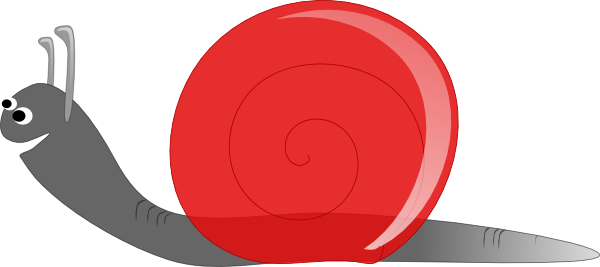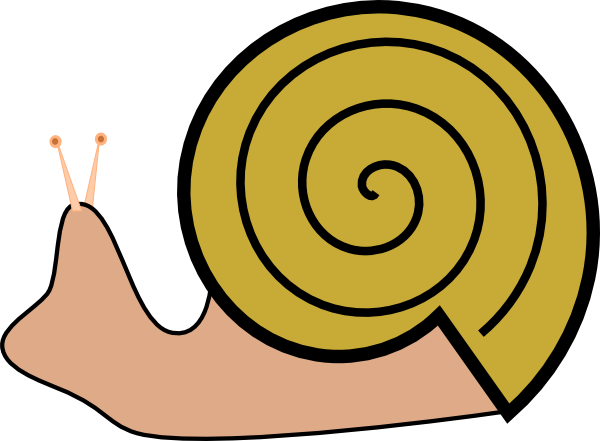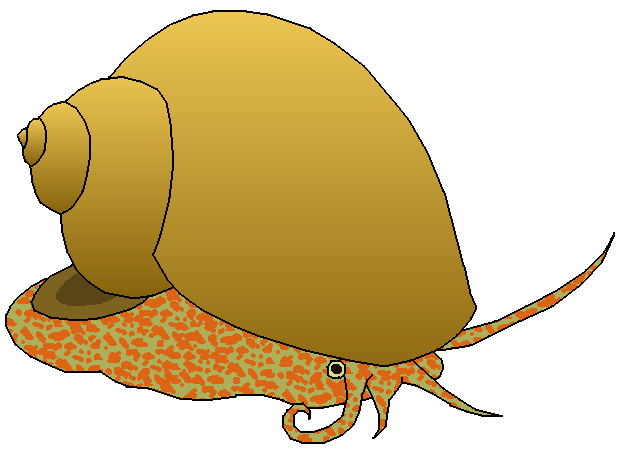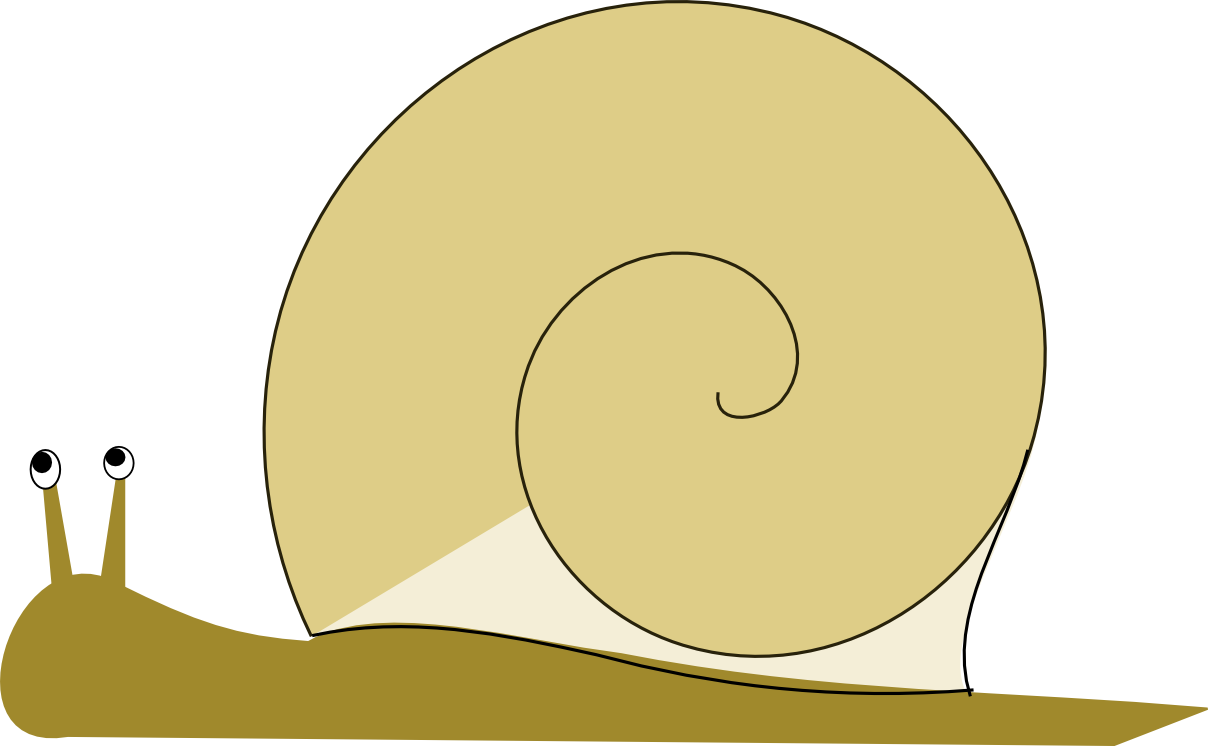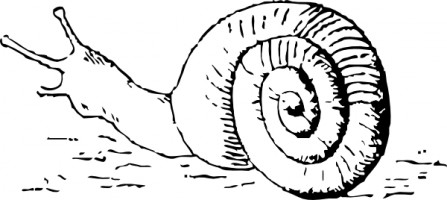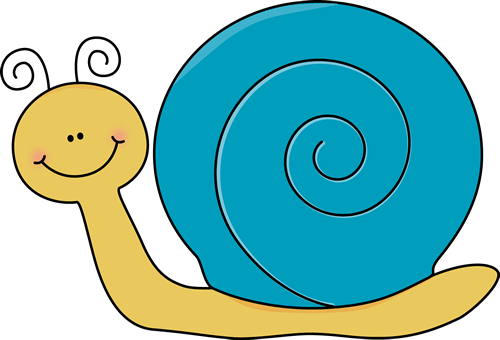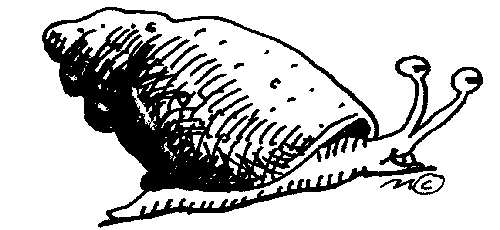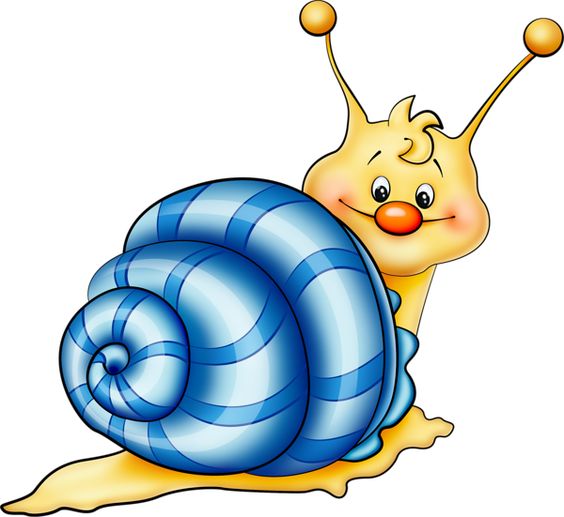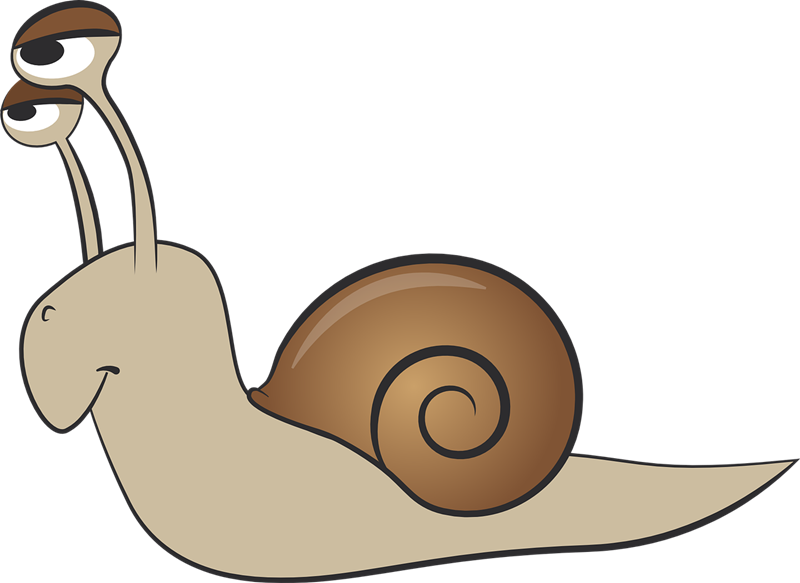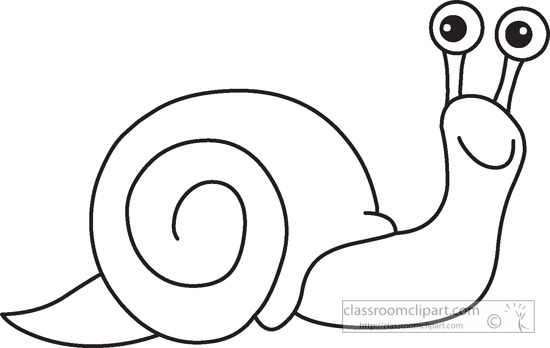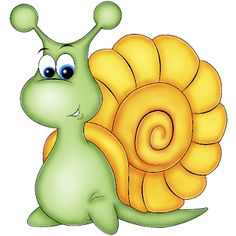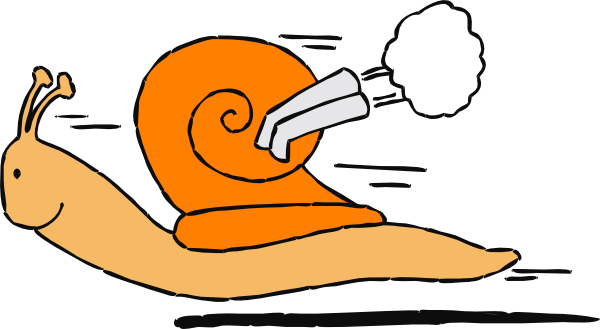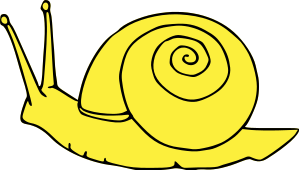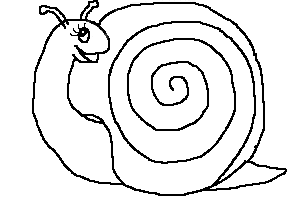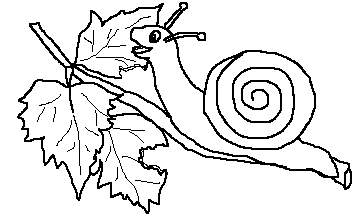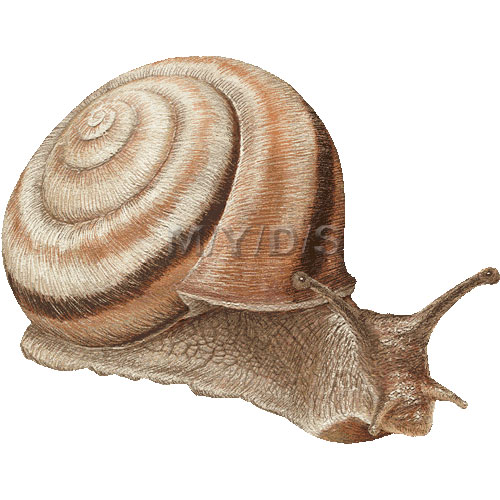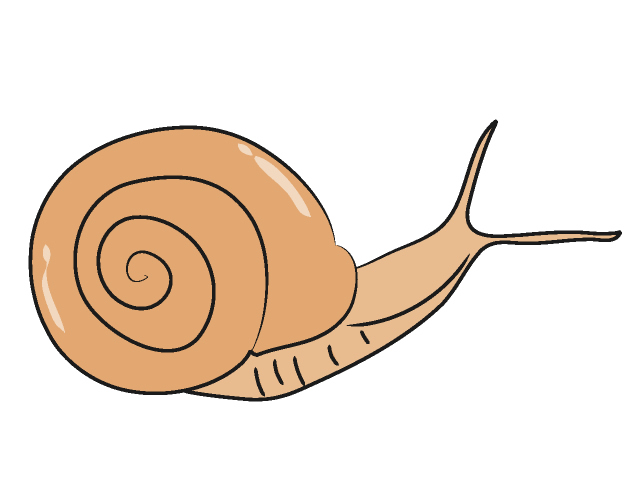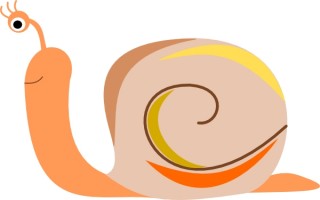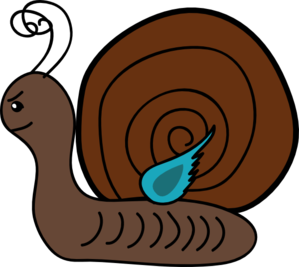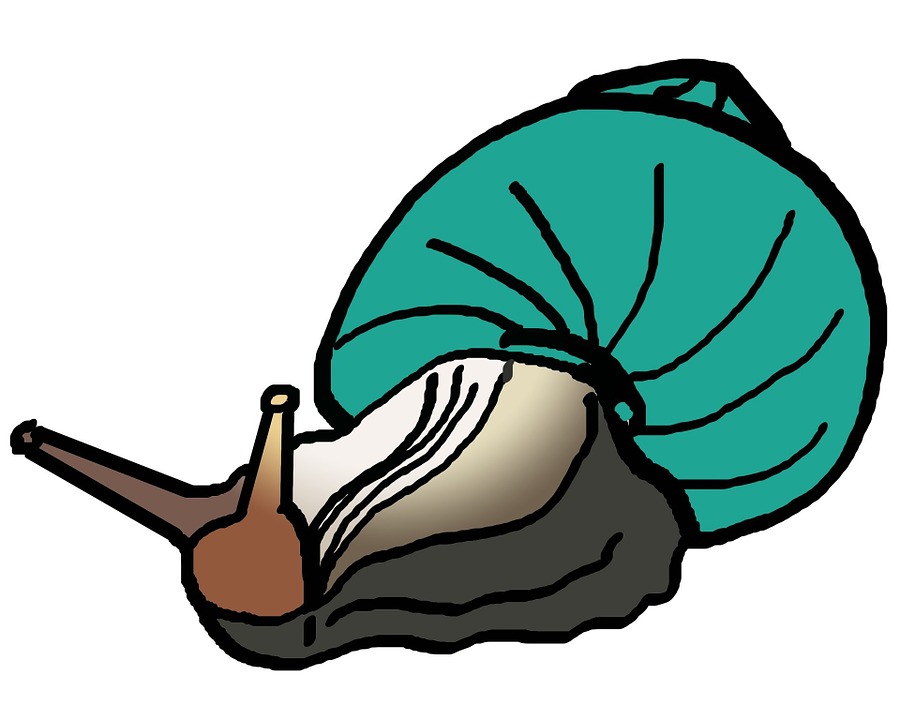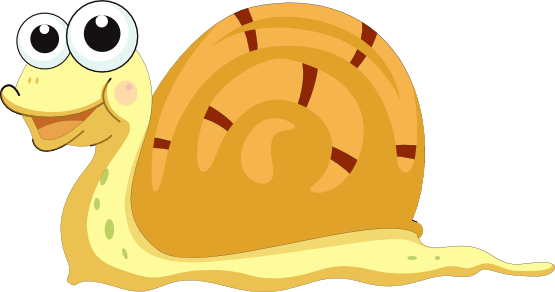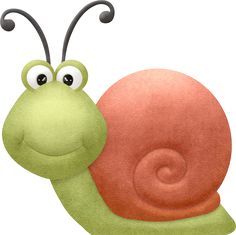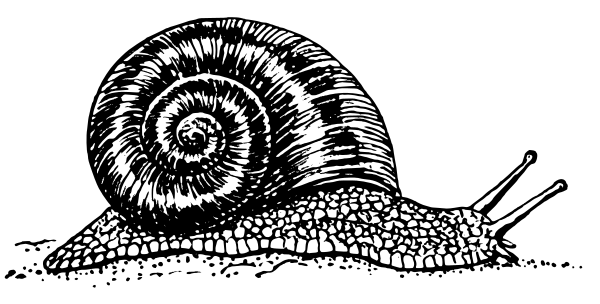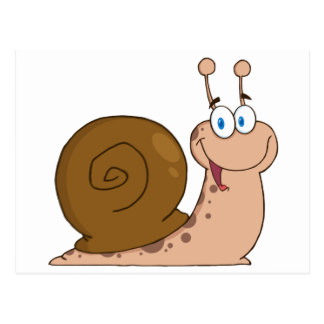Snail Clipart
Snails belong to the large mollusk phylum, with over 40,000 species spanning land, freshwater and marine environments. Most snails share a signature coiled shell and soft, sluggish bodies that inch along leaves, ground and underwater surfaces. Beyond this common image, snail diversity proves remarkable in scale, habitats, biology and adaptations.
Snail Appearance
While shell shapes vary dramatically across species from pointed to rounded whorls, the external anatomy of most snails includes typical sensory organs and movement parts. When active, the head and foot extend outward while the rest of the visceral mass resides protected in the multi-layered shell, attached at one end by a muscle.
At the two tentacles’ tips, snail eyes can sense light and motion to some degree. The larger, lower tentacles aid tactile sensation and smell to guide food discovery. The mouth includes a tongue-like radula covered in tiny teeth for scraping foods like algae, fungi, bark and decaying plant matter.
The snail foot on the underside creates necessary muscular propulsion. Its secreted mucus ensures smooth travel along surfaces. Underside positioning also enables certain aquatic snails to trap and filter nutrition particles floating by.
Snail Behavior and Habits
Most snails remain inactive for long stretches, hidden away in their shells or buried underground, especially if conditions grow too cold, hot, dry or otherwise hazardous. When safer weather allows activity, land snails emerge at dusk typically.
Snails move slowly on their singular muscular foot using a rhythmic wave pattern of contractions. Tracks of dried mucus behind them evidence their winding, meandering trails across the landscape. During high moisture or rain, some venture further distances while conditions amenable.
While colder months see snails hibernate below ground until warmer spring temperatures, desert snails similarly escape intense summer heat and aridity by sealing their shell opening with dried mucus for protection. They estivate like this up to years until rainfall rouses them back into activity.
Snail Movement
The expansive snail foot undulates by lengthening its muscle layers in sequence, driving inches-per-hour progress. Combined with adhesive mucus secretions enabling frictionless movement, the muscles contract and extend to propel them along tail-first generally.
Some faster snails and aquatic species morph their foot vertically for skimming the water surface at quicker paces rather than standard horizontal crawling. Gradual, perseverant snails eventually reach their desired food, mates and shelter spots before recoiling their bodies back into repose.
Snail Reproduction
Snails possess both male and female reproductive parts, enabling any mature pairing to each produce egg and sperm cells for fertilization after mating concludes. Depending on species, the penis and sperm receptacle openings align closely at the head or mantle rim to transfer seminal fluids following courtship circling and biting rituals.
Afterwards, fertilization can either occur internally before depositing egg clutches in a protected spot, or eggs may get externally deposited first for sperm to spread over them. This versatility promotes reproductive success across diverse habitats and behavioral adaptations.
Snail Egg-Laying
Many terrestrial snails bury their eggs using a membranous foot to dig little trenches in loose earth or soil, then cover them over for weather protection while they incubate. Certain arboreal snails glue egg clutches to leaves, bark, logs or manmade structures. Aquatic egg clutches adhere to stable surfaces like vegetation near fresh banks.
The number of eggs per clutch proves substantial for such a small creature, with averages spanning dozens up to the hundreds. After a few weeks to month-long gestation depending on environment, young emerge, often consuming their own eggshell immediately to assimilate much-needed calcium for growing shells.
Snail Environments
Myriad snail habitats exist ranging vastly in climate type, elevation, water levels and vegetation. Land snails span forests, rainforests, deserts, prairies, swampland, suburban gardens and agricultural areas. They occupy moist microclimates under leaf litter, logs, rubble piles and loose topsoil amenable to burrowing.
Freshwater aquatic species adhere in lakes, streams, rivers and ponds with calm edges amid plentiful algae and organic matter. Saltwater snails have adapted buoyancy control and tidal rhythms to coast ocean floors and intertidal zones, scraping nutrition from rocks. Beach snails dig below drier sands.
Snail Clipart
Snail clipart offers diverse educational illustrations of snails across cartoon to anatomically precise styles, colorations, shell types, life stages and vector formats. As public domain snail imagery and drawings, clipart adds engaging visual content regarding snails into reports, websites, learning activities and crafts for all ages.
Types of Snail Clipart
Many types of snail clipart exist across the following themes:
- Realistic vs. caricature whimsical illustrations
- Black and white line art vs colorful painted media
- Spotted body shells, plain shells, pointed or flat shells
- Eyes and expressive smiling faces drawn on
- Single floating snails, pairings and groups
- Young inside transparent eggs and new hatchlings
- Snails on the move, emerging from shells or static inside them
While some snail clipart focuses purely on shell patterning, others incorporate the full anatomy from foot to tentacles in detail. Certain images feature additional environmental elements like plants or water droplets to further decorate and personalize projects requiring snail imagery.
Using Snail Clipart
From homeschool or classroom animal kingdom units to summer camp craft templates, forest habitat discussions and even sea-life exhibits at aquariums, snail clipart offers multimedia designers, teachers and students alike free diverse imagery of gastropods to incorporate visually.
In this page clipartix present 69 snail clipart images free for designing activities. Lets download Snail Clipart that you want to use for works or personal uses.
